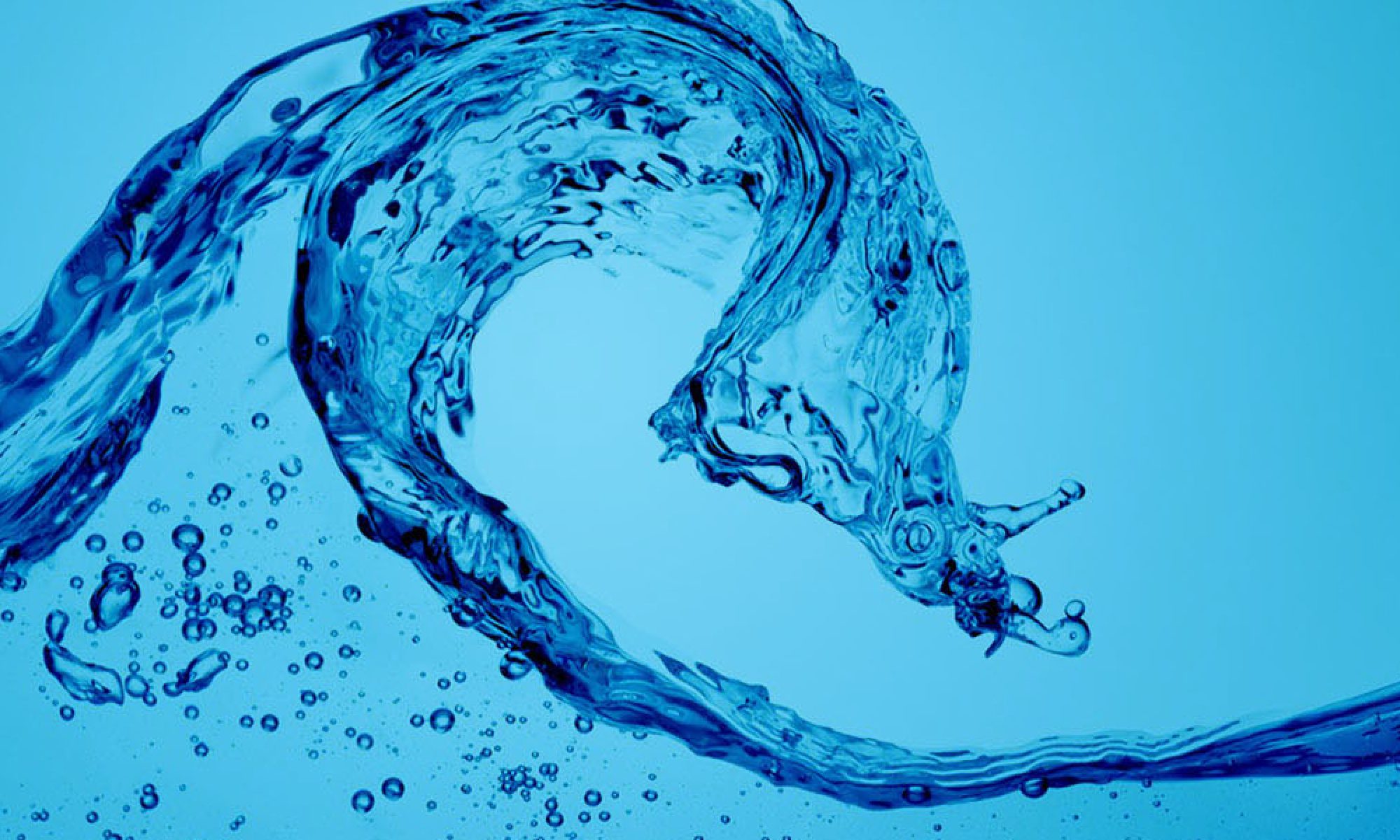Water softeners are just one of the many appliances that make our lives better. Once the softener has been installed there is little that needs to be done for it to do its job effectively day in and day out. Once the initial water hardness level has been set, regeneration parameters are set, and the salt is filled (or potassium) the softener will run as intended without a lot of attending too. Even though they are low maintenance appliance within the home they do require general maintenance to increase longevity and effectiveness, as do most appliances around your home.
Tips for Maintaining Your Water Softener
Keep an Eye Out for Salt Bridges
Salt bridges can occur in the water softeners brine tank when the salt hardens, creating an empty space between the water and salt which then stops the salt from dissolving and making the brine. If the brine is not created, then the resin beads that are used to soften your water will not work as intended. Most often a salt bridge occurs if the salt used in the tank is the wrong kind, in areas with high humidity, or when the water softener is stored in a location where the temperature varies. The best way to treat a salt bridge is to use a long piece of wood to carefully push down on the top of the solidified salt. This should, without a lot of force, break the bridge that was created in the salt free.
Watch for Salt Sludge
Salt sludge is a more severe issue that a salt bridge. When the salt dissolves and recrystallizes, a mush is created on the bottom of the brine tank. This layer of salt on the bottom of the tank keeps the system from regenerating properly which will leave a blockage in the tank that doesn’t allow the water to properly soften. The only way in which to solve the problem of salt sludge is to completely clean out the brine tank by digging out the used salt and adding fresh salt.
The best way to avoid salt bridges and salt sludges are to use the highest quality salt pellets available. Also, avoid putting too much salt in the brine tank, overfilling the tank will decrease the quality of the water that is produced. It is also crucial that the humidity and temperature in the space where the water softener is kept.
Water Softener Salt Choices
When it comes to maintaining your homes water softener, as mentioned above, it is critical that you choose the right type of salt. There are three basic types of salt you can purchase for your water softening system including: rock salt, solar salt, and evaporated salt.
Rock Salt: This is the least expensive of the options thus contains increased levels of impurities. This can result in a sludgy tank overtime which we know decreases the effectiveness of the system. Rock salt also leaves the most impurities in the water.
Solar Salt: This type of salt dissolves more easily then rock salt. Solar salt can be found in pellets and crystals and is obtained by the evaporation of seawater.
Evaporated Salt: Acquired through a mixture of mining and evaporation, this is the purest form of salt weighing in at 99.99% sodium chloride.
The purer the salt that you put into your water softener the less residue that will be left within the tank. This leads to fewer salt bridges and less salt sludge thus less maintenance to your water softener.
Flushing the Resin Bed
Resin beads are recharged by salt on a regular basis but even though this occurs it doesn’t hurt to fully flush the resin bed with a special water softening cleanser, which will help to keep it in top form. To prevent ineffective resin, cleanser can be poured into the brine well and the system manually regenerated. The system with normally discharge the cleanser during the cycle performed by the water softener. This process will help to keep the resin functioning effectively.
Regular maintenance helps to keep all appliances running smoother and the same is true of your homes water treatment systems.
The experts at Reynolds Water Conditioning have a solution to your homes unique water quality needs including: arsenic, bacteria, chlorine, rotten egg smell, fluoride, hard water, iron, lead, acid, tannins, radon, and more. More information on our water treatment solutions including water softeners and conditioners, water filtration and purification, reverse osmosis drinking water, and iron & odor removal can be found online at https://reynoldswater.com.
